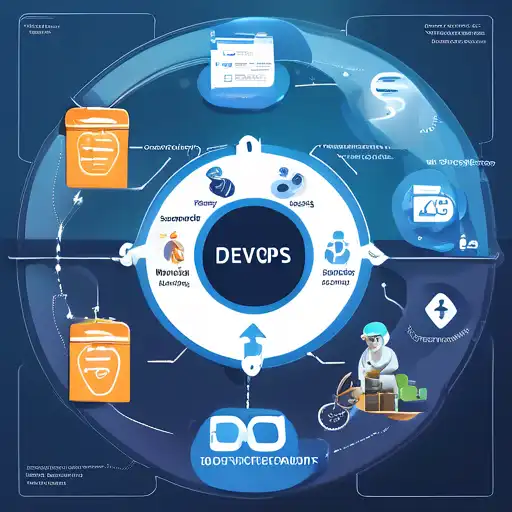Introduction to DevOps in Software Development
DevOps has revolutionized the way software is developed, deployed, and maintained. By bridging the gap between development and operations teams, DevOps practices ensure a smoother, faster, and more efficient software development lifecycle (SDLC). This article explores the key benefits of DevOps and how it enhances the SDLC.
Key Benefits of DevOps in the SDLC
DevOps brings numerous advantages to the software development process, including improved collaboration, faster deployment times, and higher quality products. Below are some of the key benefits:
- Improved Collaboration: DevOps fosters a culture of collaboration between developers and operations teams, breaking down silos and improving communication.
- Continuous Integration and Continuous Deployment (CI/CD): Automating the integration and deployment processes reduces errors and speeds up the release cycle.
- Enhanced Quality and Reliability: Automated testing and monitoring ensure that the software is reliable and meets quality standards.
- Increased Efficiency: By automating repetitive tasks, teams can focus on more strategic activities, increasing overall efficiency.
How DevOps Improves Each Phase of the SDLC
DevOps impacts every phase of the software development lifecycle, from planning to monitoring. Here's how:
Planning and Coding
In the planning phase, DevOps encourages the use of agile methodologies, ensuring that the project goals are aligned with customer needs. During coding, version control systems like Git facilitate better collaboration among developers.
Building and Testing
Automated build tools and continuous integration servers ensure that the code is integrated and tested regularly, identifying and fixing issues early in the development process.
Deployment and Operations
Continuous deployment tools automate the release process, making it possible to deploy updates quickly and reliably. Operations teams use monitoring tools to track the performance of applications in real-time.
Monitoring and Feedback
Continuous monitoring provides immediate feedback on the application's performance, allowing teams to make necessary adjustments promptly. This feedback loop is crucial for continuous improvement.
Conclusion
DevOps is not just a set of practices but a culture that promotes collaboration, efficiency, and continuous improvement throughout the software development lifecycle. By adopting DevOps, organizations can deliver high-quality software faster and more reliably, meeting the ever-changing demands of the digital world.
For more insights into optimizing your development processes, explore our articles on Agile Methodologies and Continuous Integration.
